#arthistoryed
Explore tagged Tumblr posts
Text


"everything we deeply love will be part of us forever"
#artist is elizabeth jane gardner#artist is francis boucher#art#art history#artedit#arthistoryed#sapphic love
579 notes
·
View notes
Text
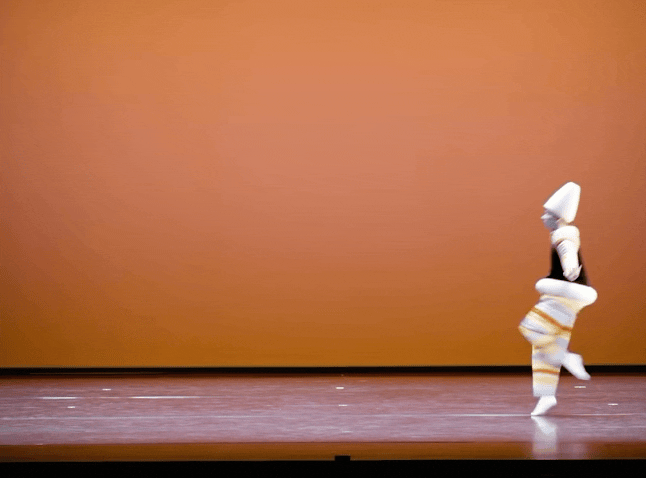
Watch the Brilliant Ballet that Brought Dance to the Bauhaus Movement
666 notes
·
View notes
Text
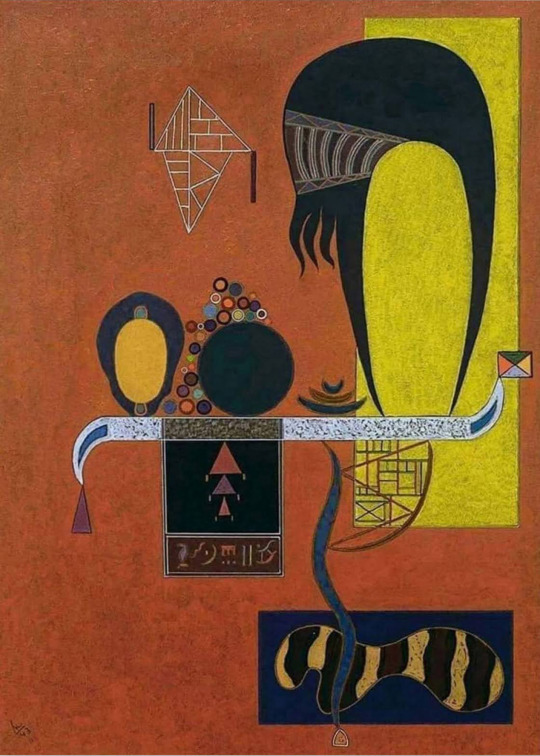
Vasilij Kandinsky (Sencillez. 1943)
#kandinsky#museoparticular#arthistory#artwork#painting#history#museums#culture#vintage#museum#curators#artlovers#artgallery
235 notes
·
View notes
Text
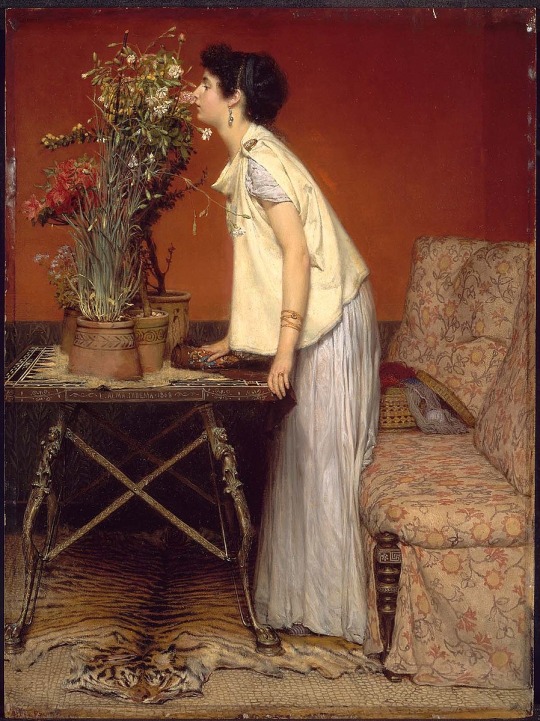
WOMEN AND FLOWERS 1868.
LAWRENCE ALMA-TADEMA.
Museum of Fine Arts Boston.
#art#artwork#painting#art history#arthistory#artist#art style#19th century#artonpanel#oil on panel#art on tumblr#oil painting
1K notes
·
View notes
Text

#WMGtober#pictoplasma#WalkWithCharacter#weirdmedievalguys#medieval#arthistory#medievalart#middleages#oldbook#blackandwhite#666#fire#halloween#2d#loop#animation#walk#fong#inkwork#drawing#inktober2023#inktoker#artchallenge
2K notes
·
View notes
Text

Queen Esther of Persia.
She was born with the name הֲדַסָּה Hadassah (which Means "Myrtle"),
Her name was changed to Esther to hide her identity upon to protect her jewish people.
294 notes
·
View notes
Text

Roman Parade Helmet, 4th century AD, Berkasovo, Serbia
#ancienthistory#archeology#archaeology#arkeoloji#antiktarih#ancient#art#archaeologist#archaeologylife#arthistory
2K notes
·
View notes
Text
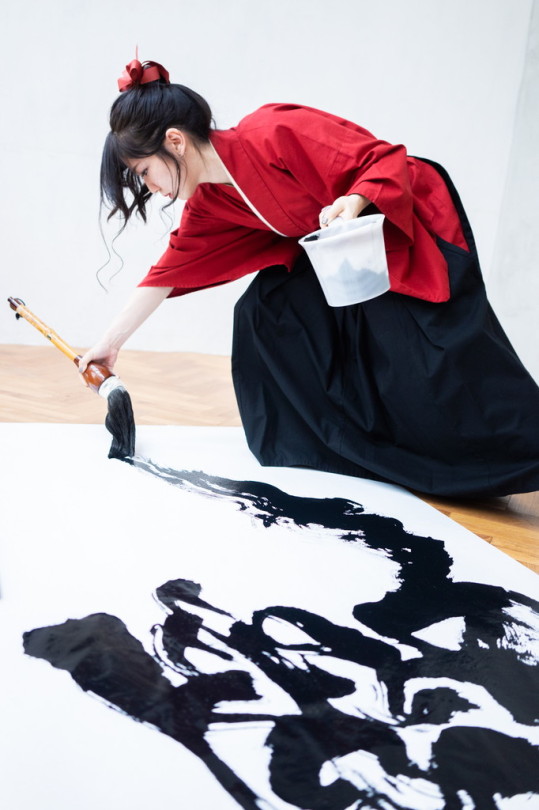
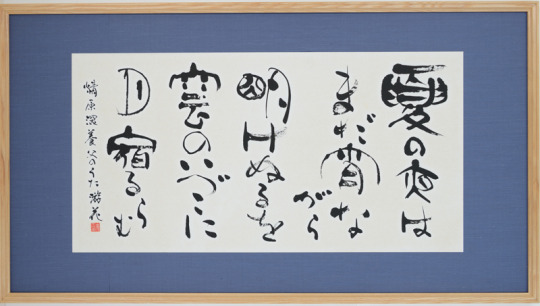


Sean bienvenidos a una nueva publicación más, en esta ocasión os voy a hacer un resumen en qué consiste el 書道(しょど) shodō. Una vez dicho esto, pónganse cómodos que empezamos.
-
En esta ocasión os comentaré de por qué esto es considerado arte. Si os fijáis bien en las imágenes, ya simplemente es estético, de hecho, hasta relajante, diría yo, o eso sería algo más subjetivo.
-
¿Qué opinan ustedes? Os leo en comentarios hasta la próxima publicación y que pasen una muy buena semana. - 別の新しい出版物へようこそ。今回は、「しょど」shodo がどのような内容であるかを要約します。そうは言っても、安心して始めましょう。 - この機会に、なぜこれが芸術とみなされるのかを説明します。画像をよく見てみると、それは単に美的であり、実際、リラックスさえしている、あるいはもっと主観的なものだと思います。 - どう思いますか?次の出版までコメントを読んで、とても良い一週間を過ごしました。 - Welcome to another post, this time I'm going to give you a summary of what 書道(しょど) shodō is all about. Having said that, make yourselves comfortable as we begin. - This time I'll tell you why this is considered art. If you look closely at the images, it's simply aesthetic, in fact, even relaxing, I would say, or that would be something more subjective. - What do you think? I'll read you in the comments until the next post and have a great week.
#日本#japan#history#歴史#ユネスコ#unesco#archaeology#考古学#art#geography#photography#japan photos#artjapan#artists on tumblr#書道#caligraphy#photographers on tumblr#photos#pictures#my post#art on tumblr#arthistory#artwork#original artists on tumblr#japanphotos#japón#japaneseculture#kanji#japanese kanji#japanese
157 notes
·
View notes
Text

𝕮𝖊𝖑𝖊𝖇𝖗𝖆𝖙𝖎𝖔𝖓𝖘 𝖔𝖋 𝖙𝖍𝖊 𝖁𝖊𝖗𝖓𝖆𝖑 𝕰𝖖𝖚𝖎𝖓𝖔𝖝, 𝖇𝖞 𝖙𝖍𝖊 𝖕𝖍𝖆𝖓𝖙𝖔𝖒 𝖕𝖆𝖎𝖓𝖙𝖊𝖗
#gothic#goth#witchy#fashion#witches#witchcraft#witch aesthetic#mythology#folklore#magical#fantasy#symbolism#myth#fantadyartwork#mystical#contemporaryartist#visionaryart#classicalart#art#oilpainting#arthistory#oiloncanvas#classicart#realismart#dailypainting#paintings#classicpainting#historyofart#historyart#classicalpainting
400 notes
·
View notes
Text
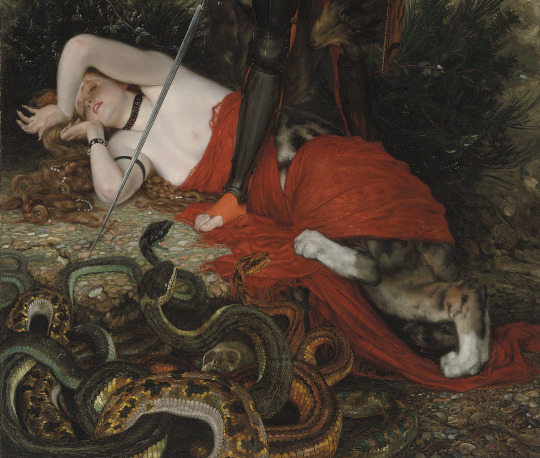
James Jacques Joseph Tissot, Triumph of the Will - The Challenge (detail), ca. 1877
#JamesTissot#GrosvenorGallery#VictorianArt#19thCenturyArt#AllegoricalArt#ArtHistory#FineArt#Symbolism#HistoricalArt#WomenInArt#JoanOfArc#ArtExhibition#PreRaphaelite#EdwardBurneJones#JamesWhistler#ArtisticSymbolism#VictorianEra#FemaleHeroine#ClassicalArt#leopard#details in art#detail#femmefatale#snakes#snake
360 notes
·
View notes
Photo

Andrea Mantegna (c. 1431-1506 CE) was an Italian Renaissance artist most famous for his use of foreshortening and other perspective techniques in engravings, paintings, and frescoes. Another common feature of Mantegna's work is his frequent use of ancient Roman sculpture and architecture as a setting for his innovative presentation of familiar religious and mythological subjects. Amongst his most celebrated works are the cycle of frescoes in the Palazzo Ducale in Mantua and such paintings as the Agony in the Garden and Lamentation of Christ, all triumphs of three-dimensional perspective in a two-dimensional medium.
#HistoryFacts#History#Titian#SandroBotticelli#Raphael#PietroPerugino#PaoloUccello#Michelangelo#LorenzoGhiberti#JanVanEyck#Italy#GiovanniBellini#Giotto#Donatello#AndreaMantegna#AlbrechtDurer#Art#ArtHistory#Artist#Painter#WHE
60 notes
·
View notes
Text

The Fight on the Bridge (1882-1885) by Arnold Böcklin
#arnoldböcklin#symbolismart#symbolistart#swissart#19thcenturyart#arthistory#fantasyart#mythologyart#fineart#classicalart#romanticism#painter#europeanart#artlovers#historicalart#classicart#artcollector#artappreciation#visualart#artgallery#oldmasters#artinspiration#artisticheritage#culturalhistory#landscapepainting#fantasticart#romanticart#mythicalart#arnoldböcklinart#antiqueart
150 notes
·
View notes
Text

Maxwell Mustardo’s Fluorescing Ceramics Merge Ancient Craft with Contemporary Style
534 notes
·
View notes
Text

André Lhote. Interior with seated woman (1920)
#andrelhote#woman#museoparticular#arthistory#artwork#painting#history#art#culture#vintage#museum#curators#arte#artlovers#artgallery
282 notes
·
View notes
Text

RESTING c. 1890.
VICTOR GABRIEL GILBERT.
Private Collection.
#art#artwork#painting#art history#arthistory#artist#art style#oil on canvas#art on canvas#19th century#realism painting#art on tumblr
255 notes
·
View notes
Text



The Ballad of Mulan
an anonymous work of Chinese folklore, is dated from the Northern Wei dynasty (386-534 AD), a period marked by significant Silk Road cultural exchanges and the spread of Buddhism, influenced Chinese art, music, and literature, including Mulan's tale. It was first transcribed in the 6th-century "Musical Records of Old and New" by Guo Maoqian during the Song dynasty.
The ballad embodies key Confucian principles such as Xiao (family devotion) and loyalty (zhong). Confucius (551-479 BC) was a Chinese philosopher whose teachings on ethics and proper conduct, recorded in the "Analects," have profoundly shaped Chinese culture and emphasized social harmony through respect and integrity. These values emphasize respect for family and duty to the state, which are central themes in Mulan’s decision to enlist in the army to protect her aging father.
UNIVERSAL TRUTHS: Filial piety, a key Confucian value, highlights the deep respect and loyalty children owe to their parents and ancestors. Today, filial piety remains crucial in modern Chinese culture, often shown by caring for elderly parents and upholding family obligations. Within your own family, do you see filial piety as a core value? Are you prepared to make personal sacrifices to benefit your family members?
Overcoming Gender barriers: The ballad illustrates that personal empowerment and heroism are not confined by gender. Similar themes appear in historical figures like Joan of Arc, who led French troops, and Deborah Sampson, who fought in the American Revolutionary War disguised as a man. The ballad of Mulan ultimately recognizes Mulan’s merit and contributions based on her abilities rather than her gender, advocating for the value of personal achievement and character over rigid gender stereotypes.
Like this art? It will be in my illustrated book with over 130 other full page illustrations coming in October to kickstarter. to get unseen free hi-hes art subscribe to my email newsletter
Follow my backerkit kickstarter notification page.
Thank you for supporting independent artists! 🤘❤️🏛😁
#Mulan#ChineseFolklore#AncientChina#Confucianism#BalladofMulan#NorthernWeiDynasty#ChineseArt#AsianArt#ArtHistory#TraditionalChinese#ChineseCulture#artists on tumblr
103 notes
·
View notes